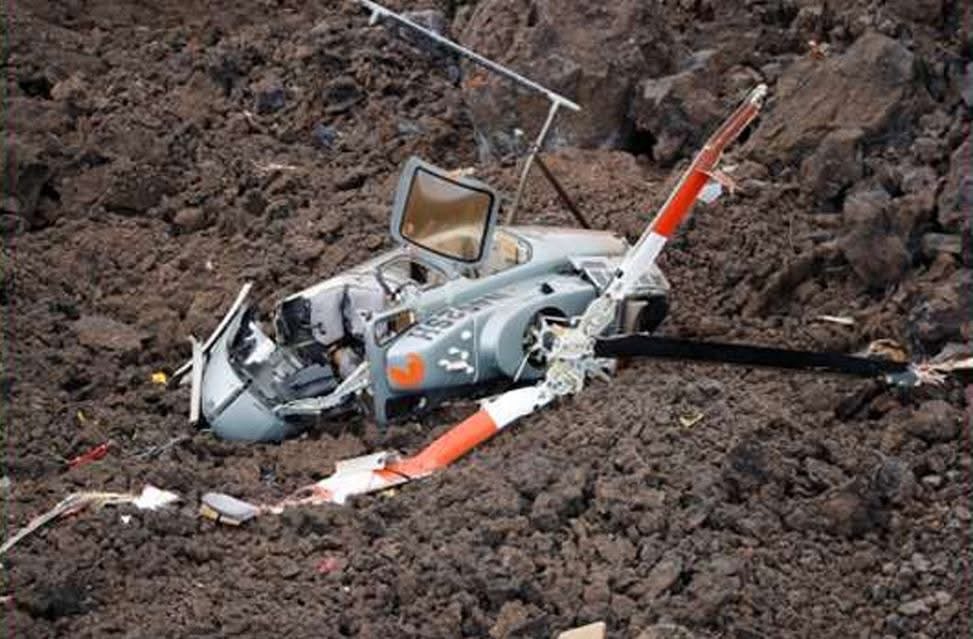
3 Serious & 3 Minor
Pilot Flight Time: 7320 hours (Total, all aircraft), 1758 hours (Total, this make and model)
On June 8, 2022, about 1726 Hawaii-Aleutian standard time, a Bell 407 helicopter, N402SH, sustained substantial damage when it was involved in an accident near Kalea, Hawaii. The pilot and two passengers sustained serious injuries, and three passengers sustained minor injuries.
According to the operator, Paradise Helicopters, about 1701, the helicopter departed the company base at Ellison Onizuka Kona International Airport at Keahole (PHKO), Kona, Hawaii, to the south for an air tour flight around the island. Automatic dependent surveillance broadcast and company flight track data showed the helicopter traveled southeast toward an area known as South Point.
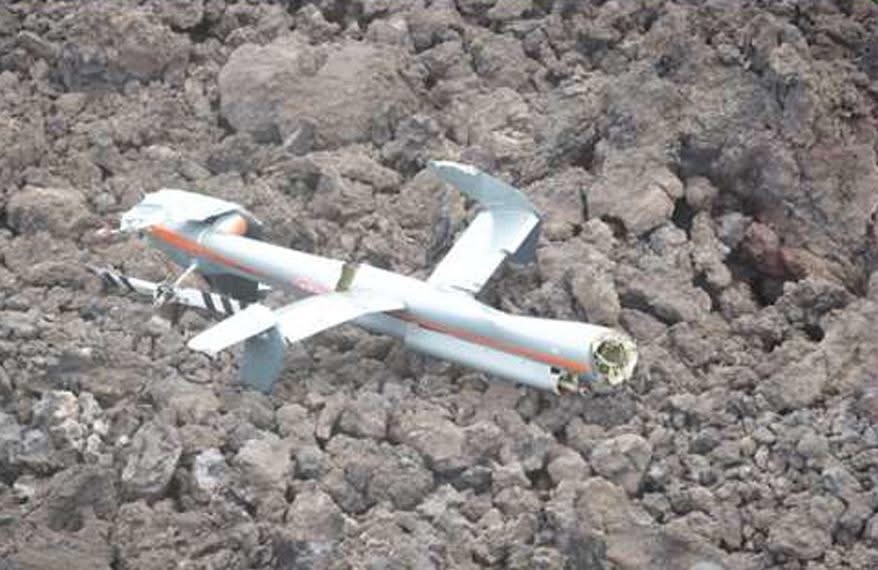
The pilot reported the first part of the air tour flight around the island was normal. About 35 minutes into the flight, during cruise flight at 1,500 ft above ground level (agl), the helicopter experienced a violent upset, followed by an uncontrolled spin to the right. The helicopter entered a rapid descent, its airspeed decreased, and it continued to spin uncontrollably. The pilot attempted to recover control of the helicopter, but it impacted a lava field and came to rest on its left side.
Postaccident examination of the helicopter revealed the tail boom separated in flight. Further examination revealed there were no malfunctions or failures with the rotor systems, flight control systems, and engine before the tail boom separation.
Examination of the tail boom revealed the upper-left tail boom attachment bolt was not present in the wreckage and was not found. Circumferential gouge and impression marks within the upper-left attachment bolt holes indicated the bolt was installed before the accident but that it had fractured and migrated out. After the bolt fractured, the structural load increased on the remaining three tail boom attachment points. As a result, multiple origin fatigue cracks, as well as fatigue cracking originating from a single corrosion pit, initiated on the lower-left attachment fitting. Once the fatigue cracks grew to a critical length, all three remaining attachment fittings failed in overload, resulting in the tail boom separation. The examined tail boom attachment fittings and attachment hardware met manufacturing requirements, which were not a factor in this accident.
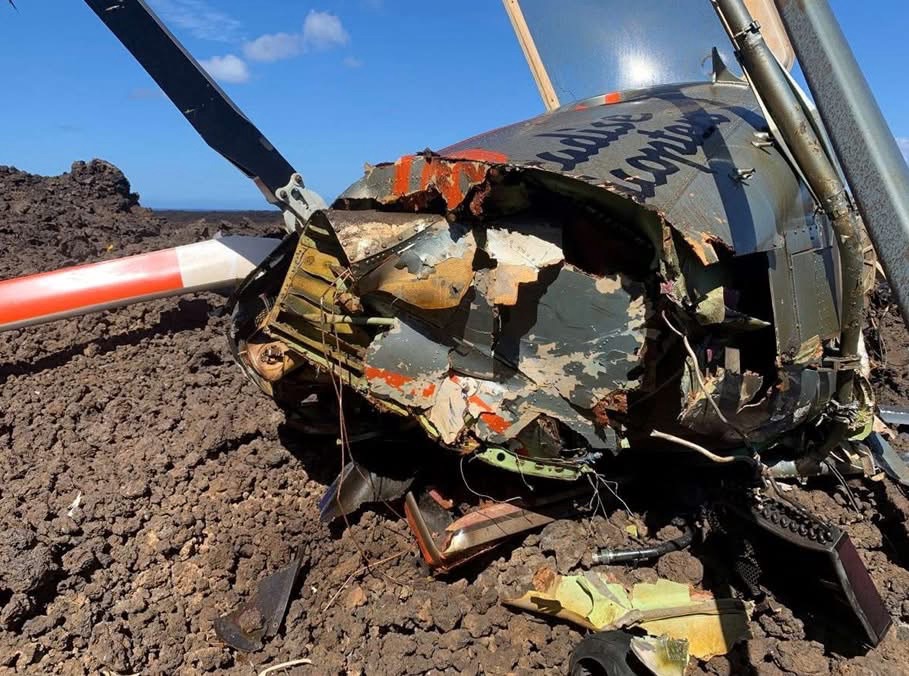
Due to the missing upper-left attachment hardware, the fracture mode and the duration of crack growth of the upper-left bolt could not be determined. The presence of sealant at the faying surface between the upper-left longeron and aft fuselage bulkhead indicated there was a small gap between those two structures. This gap was likely introduced during the replacement of the upper-left longeron and aft fuselage bulkhead, per manufacturer technical bulletins (TB), about 8,050 flight hours before the accident.
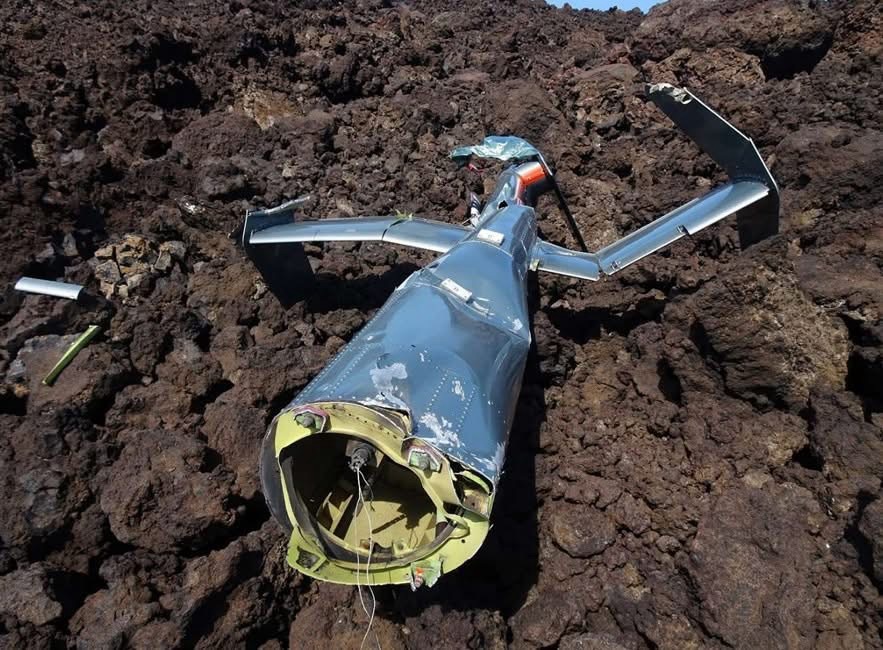
The manufacturer reported a previous occurrence (on a different Bell 407) of a fractured upper-left attachment bolt that was attributed to abnormal loading of the bolt due to a gap and misalignment between the upper-left longeron and aft fuselage bulkhead. Similarly, the gap between the two structures on the accident helicopter likely applied abnormal loads on the upper-left attachment bolt that, over time, resulted in crack initiation on the bolt shank and the subsequent bolt failure. Due to structural deformation caused by the accident, it could not be determined if any axial misalignment was present between the upper-left longeron, the aft fuselage bulkhead, and the tail boom.
A 300-hour recurring inspection, which included a torque check of the four tail boom attachment bolts and visual inspection of the fittings, occurred about 114 flight hours before the accident and resulted in no anomalous findings. It is unlikely the bolt had fractured or had a crack of sufficient size to fail during this last torque check. Therefore, it is likely the upper left attachment point continued to carry load during the last 300-hour torque check and that the multiple-origin fatigue cracking on the lower-left attachment fitting had not yet initiated. However, it is possible that the fatigue crack had already initiated from the single corrosion pit on the lower-left attachment fitting at the time of the last 300-hour recurring inspection, but that it was too small to visually detect.
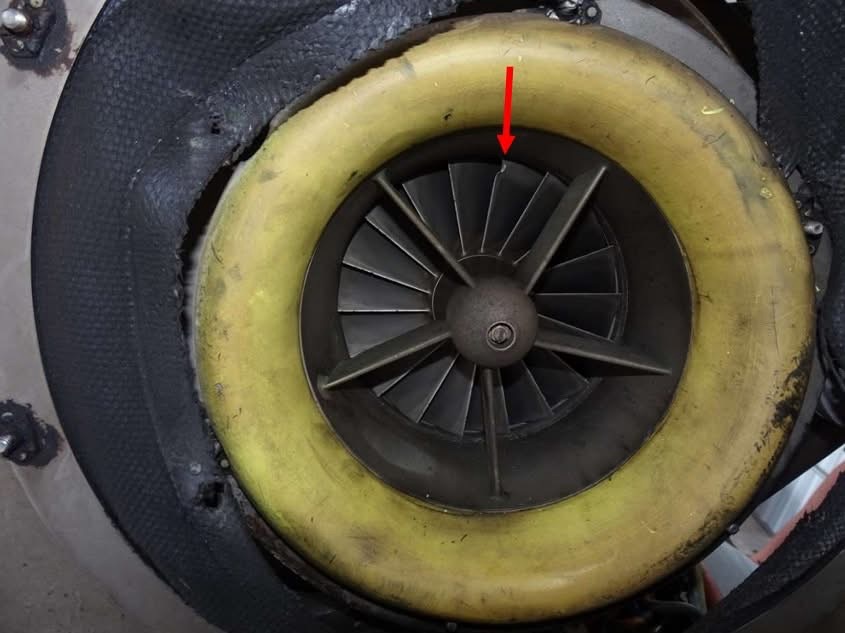
In summary, examination of the wreckage revealed the accident occurred due to the in-flight separation of the tail boom during cruise flight, which resulted in the pilot’s inability to control the helicopter. The tail boom separated due to the abnormal loading and fracture of the upper-left longeron attachment hardware. The presence of a gap between the upper-left longeron and the aft fuselage bulkhead, introduced during the accomplishment of manufacturer technical bulletins, likely led to the hardware failure.
Probable Cause and Findings:
The in-flight separation of the tail boom as a result of abnormal loading and fracture of the upper-left tail boom attachment bolt due to a gap between the upper-left longeron and aft fuselage bulkhead.


